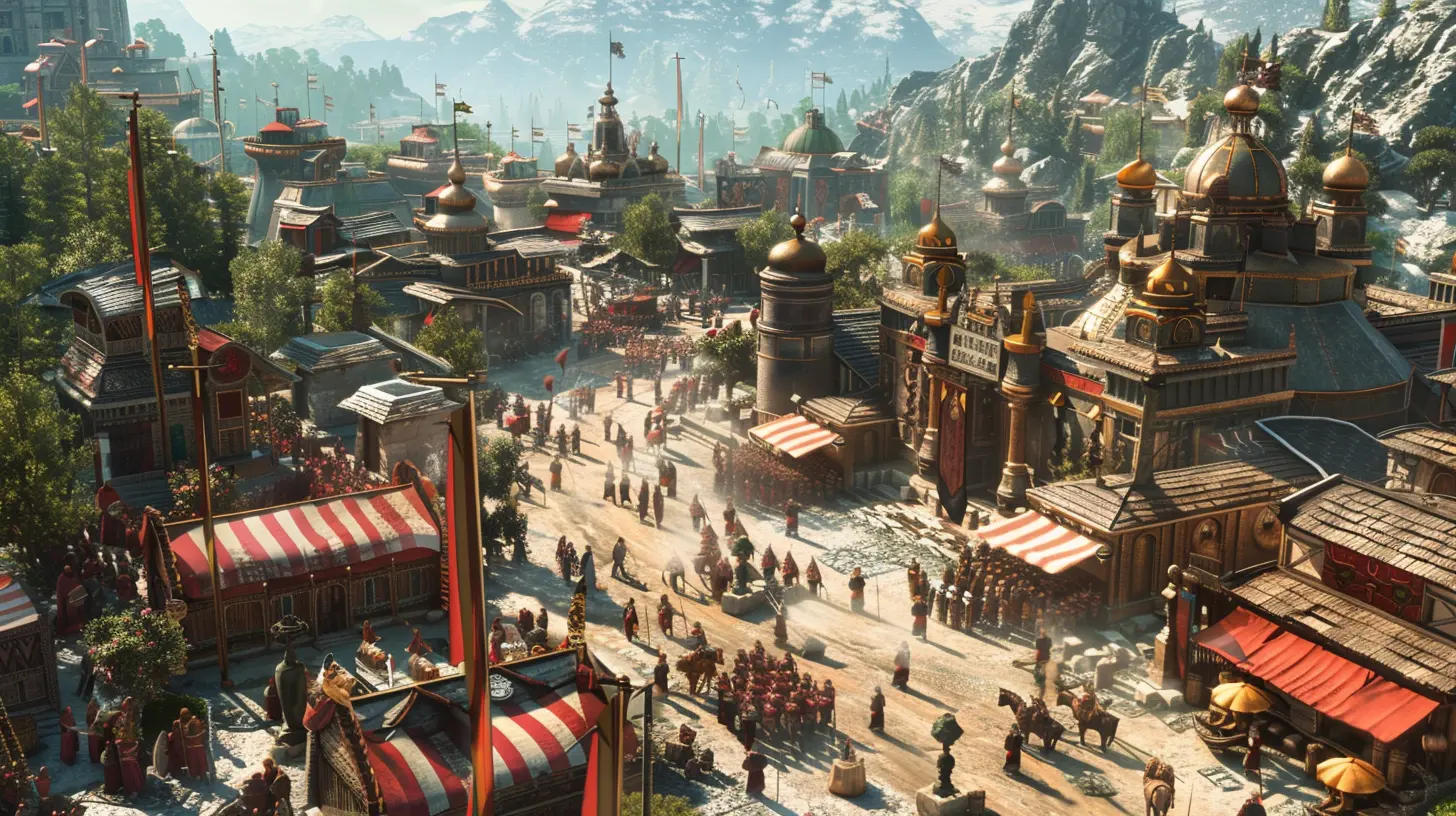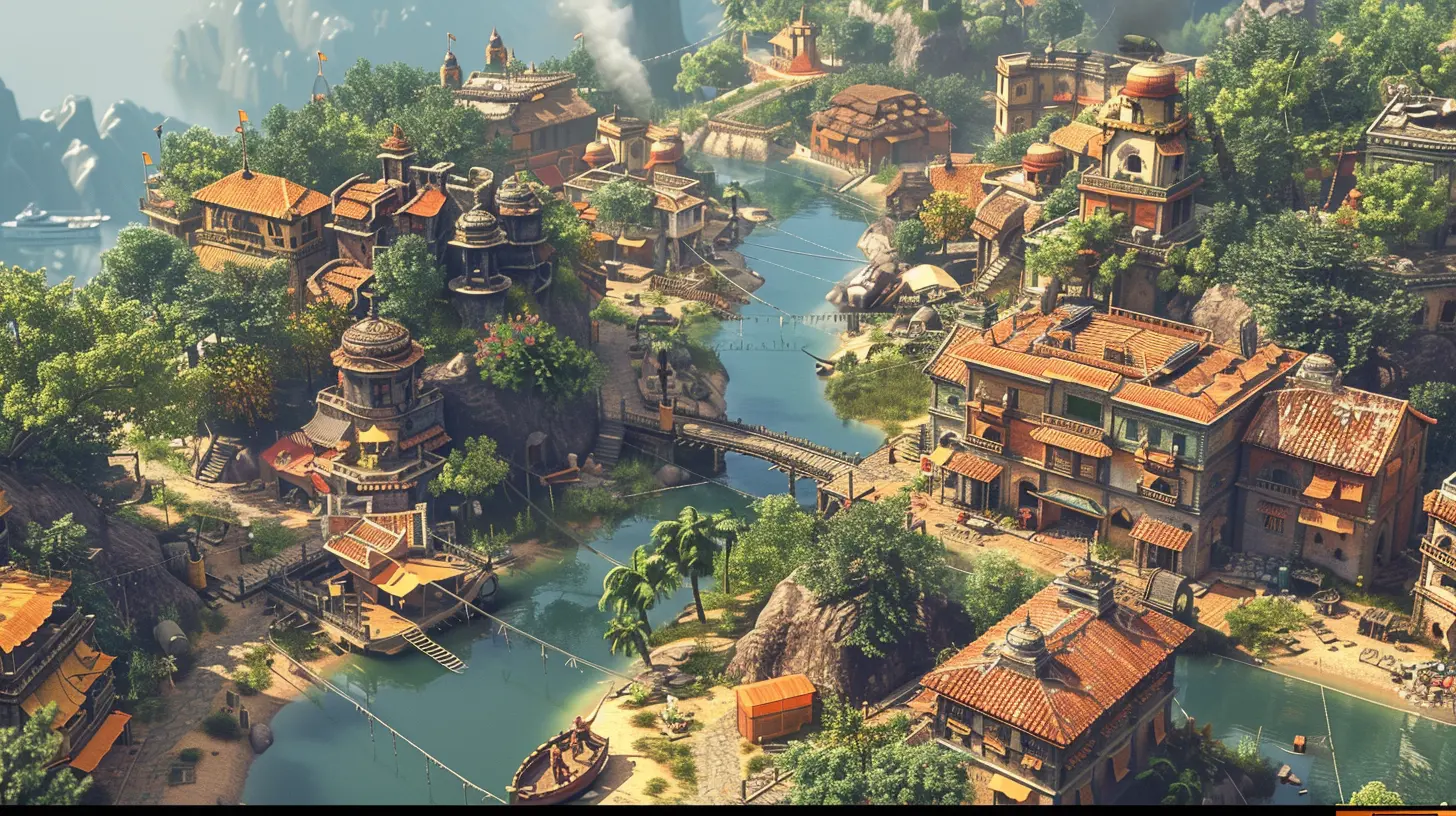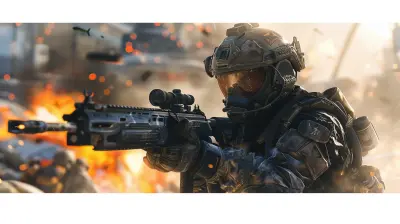How to Adapt Your Strategy for Different Game Modes
30 May 2025
If you’re an avid gamer like me, you know that no two game modes are ever created equal. They’re like those friends who have wildly different personalities — one thrives on team collaboration, while the other is all about going solo and showing off. Adapting your strategy for different game modes isn’t just a good idea; it’s practically a survival skill. You wouldn’t bring a water pistol to a flamethrower fight, would you? Exactly. Understanding how to tweak your gameplay is the secret sauce to smashing through leaderboards, keeping frustration at bay, and actually enjoying the game. Ready to dive in? Let’s break it all down.
What Are Game Modes, and Why Do They Matter?
Game modes are essentially the “rules of engagement” in the gaming world. They dictate how you interact with the game, other players, or even the environment. Think of them as different flavors of ice cream — sure, the base is the same, but boy, do they taste different.Some common examples include:
- Single-Player Campaigns: You versus the game world. It’s all about storytelling and personal achievement.
- Multiplayer Modes: Could be cooperative or competitive, but you’re interacting with other players, which adds an unpredictable element.
- Battle Royale: A last-man-standing free-for-all where survival instincts are everything.
- Objective-Based Modes: Capture the flag, defend the base, you name it — these prioritize teamwork over personal glory.
Each mode comes with its own quirks, challenges, and rewards. And the strategies that help you crush in one mode? Yeah, they might totally betray you in another. Let’s get into how to master the art of adaptation.
1. Understanding the Core Objectives of Each Mode
It might seem obvious, but you’d be surprised how many people jump into a game mode without fully understanding its goal. Spoiler alert: Not every mode is about racking up the most kills.For instance:
- In Battle Royale, survival>score. That means camping, avoiding unnecessary fights, and sneaking around might serve you better than charging into every skirmish guns blazing.
- In Objective-Based Modes like "Capture the Flag," it’s all about teamwork. Charging solo to the enemy base? Not smart. Coordinating with your team? Genius.
Here’s a little tip: Before you start a match, take 30 seconds to think about one thing — what does winning look like in this game mode? Once you figure that out, you’re already ahead of the curve.
2. Get to Know Your Role in Multiplayer Modes
Multiplayer modes are where things can get tricky. You can’t always run around like a lone wolf and expect to succeed. Whether you're playing a MOBA, an FPS, or anything in between, the key to dominating often lies in knowing your role.Think of your team as a well-oiled machine:
- Are you the tank? Your job is to absorb damage and protect squishier allies.
- The damage dealer? You’re there to pack a punch and take down enemies.
- A support specialist? Focus on healing, buffing, or assisting your teammates.
If everyone tries to play the hero, that machine is going to fall apart faster than a badly built IKEA chair. Communicate, adapt, and never overlook the power of teamwork.
3. Adapting Your Loadout: The Right Tools for the Right Job
You wouldn’t bring a fishing rod to a sword fight, would you? The same logic applies when it comes to your in-game gear or character setup.Tailor Your Loadout to Each Mode
- For Battle Royale: Prioritize versatility. Carry a mix of short- and long-range weapons, and don’t skimp on utility items like shields or healing kits.- For Objective-Based Modes: Sometimes you need to sacrifice personal preference for the greater good. For instance, if your team is lacking a healer, consider stepping up to fill that gap — even if you’re not usually a fan of support roles.
The lesson here is simple: Always think about what the situation requires, not just what you want to use. Flexibility can be the difference between dominating and getting dunked on.
4. Communication is King (Especially in Team-Based Modes)
If there’s one thing that can make or break your game in multiplayer modes, it’s communication. You might be thinking, “I’m just here to play, not give a TED talk.” Fair enough. But even a little bit of coordination can go a long way.Quick Communication Tips:
- Use voice chat or quick commands to share vital info, like enemy positions or incoming threats.- Don’t hog the mic. Nobody likes the person who narrates their entire life story mid-match. Keep it short and useful.
- Be positive! Instead of flaming your teammate for missing a shot, encourage them to keep trying.
Good communication is like the GPS of gaming — it helps everyone stay on course.
5. Master Map Awareness
Whether it’s a sprawling open-world or a compact arena, the map is your playground. Learn it. Love it. Use it. Every game mode benefits from keen map awareness, but the way you use the map will change depending on the objective.- In Battle Royale: The map can help you avoid crowded hot zones or predict where the circle will push players.
- In Capture the Flag: Knowing shortcuts and choke points might mean the difference between scoring big and getting caught.
Remember: The map isn’t just a background; it’s a tool. Treat it like one.
6. Adjust Your Playstyle to Match the Game’s Tempo
Every game mode has its own rhythm. Some are fast and frantic, while others are slow and methodical. If you’re not vibing with that tempo, you’re going to feel like a drummer out of sync with the rest of the band.Here’s how you can adjust:
- High-Paced Modes (like Deathmatch): Stay aggressive, keep moving, and don’t give your enemies a chance to breathe.
- Slower Modes (like Search and Destroy): Patience is a virtue. Take your time to plan, scout, and execute.
Trying to force your usual playstyle into a mode that doesn’t suit it is like wearing flip-flops to a marathon. Just… don’t.
7. Learn from Your Mistakes (and Your Wins)
Every match, whether you win or lose, is an opportunity to improve. Did you notice a particular strategy that worked really well? File it away for next time. Did you rush into every fight and get punished for it? Yeah, maybe dial that back a bit.Pro Tip: Watch Replays
If the game offers replay functionality, use it! Seeing your mistakes from a different perspective is one of the fastest ways to level up your skills.8. Experiment and Evolve
Lastly, don’t get too comfortable with one strategy. What works today might not work tomorrow. Developers patch games, players change metas, and every match comes with its own unique set of circumstances. The best players aren’t the ones who memorize one strategy — they’re the ones who can think on their feet and adapt.Consider it this way: Adapting your strategy is like adding tools to your gaming toolbox. The more tools you’ve got, the more problems you can solve.
Conclusion
At the end of the day, gaming is a blend of skill, strategy, and adaptability. By understanding the objectives, tweaking your loadout, communicating effectively, and staying flexible, you can dominate any game mode that comes your way. Remember, it’s not just about playing harder; it’s about playing smarter. Take a breath, assess the situation, and go into each match with a plan. You’ve got this.all images in this post were generated using AI tools
Category:
Game StrategiesAuthor:

Whitman Adams
Discussion
rate this article
3 comments
Tempest Matthews
Embracing different game modes is a fantastic way to sharpen your skills and expand your perspective! Adaptation not only enhances gameplay but also fuels creativity and enjoyment. Dive in, experiment, and let each mode inspire your strategic growth! Game on!
June 14, 2025 at 4:42 AM

Whitman Adams
Absolutely! Adapting to various game modes not only boosts your skills but also sparks creativity. Embrace the challenge and enjoy the growth! Game on!
Maris Johnson
Adapting your strategy is crucial for success. Embrace flexibility, understand each mode's dynamics, and dominate your gameplay for every challenge ahead!
June 6, 2025 at 3:35 PM

Whitman Adams
Thank you for your insightful comment! Embracing flexibility and understanding each game's dynamics are indeed key to mastering different modes.
Tatianna Brown
Switching strategies is like changing costumes at a party—keep it fun, and you’ll always be the life of the game!
June 6, 2025 at 4:51 AM

Whitman Adams
Absolutely! Just like at a party, adapting your strategy keeps the experience fresh and engaging. Embrace the versatility for maximum enjoyment!



